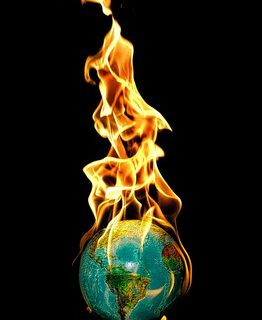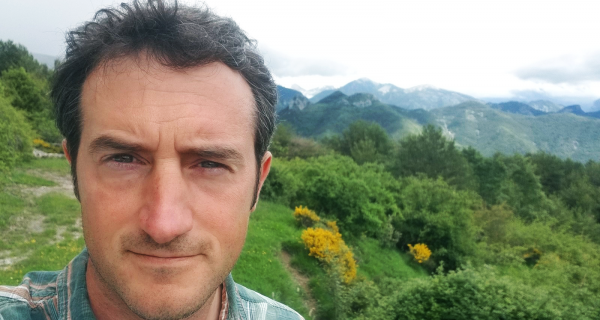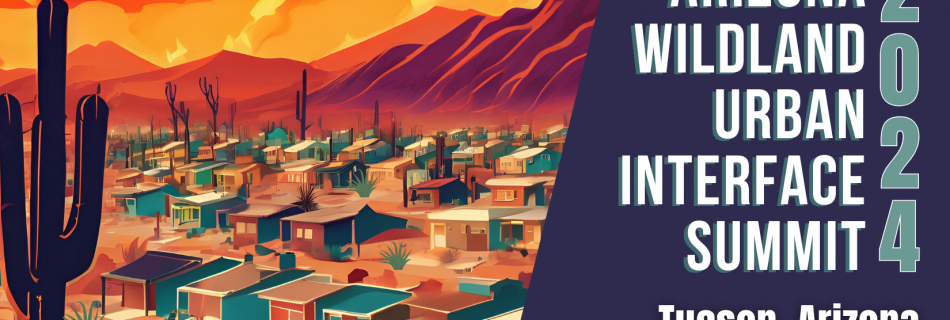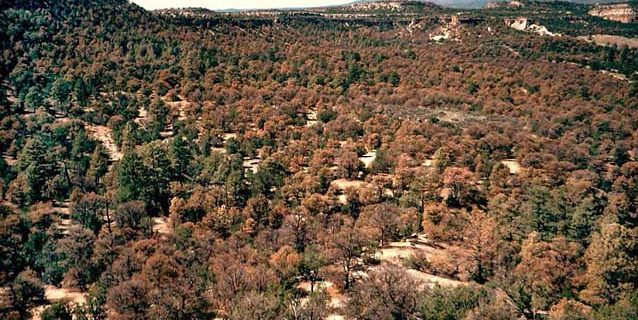This series of videos serves as an introduction to wildland fire and has been produced through the Wildfire Education & Training Collaborative (WETC). More in-depth videos will be added as they become available. WETC Mission Statement: To develop multiple sources of media, including but not limited to books, videos and classroom exercises, for the purpose …
Read more “World of Wildland Fire – Intro to Wildland Fire Videos”
Presenter: Dr. Patrick Belmont, Utah State UniversityDate: February 15, 2022 12pm Mountain Wildfire has increased 20-fold in the last 30 years in the Western U.S., partly due to climate change and partly due to forest and fire management practices. At the same time, many water resources are drying up. And fish populations throughout the western …
Read more “Wildfire, Fish, & Water Resources in the Western US”
Presenter: David Augustine, USDA-ARS Landscape Ecologist In this webinar, we will discuss research on the role and use of prescribed fire in the western Great Plains, focusing on studies conducted in the shortgrass steppe of Colorado over the past decade. We will discuss the fuel loads and weather conditions under which prescribed burning has been …
Read more “November 25, 2013: The Role of Fire in Shortgrass Rangelands”
We constantly seek ways to improve dissemination of fire science information. Through support from the Joint Fire Science Program (JFSP), the consortium is able to fund: Field tours/workshops 2-3 per year, up to $1,300 each Travel Grants available, read more about travel grants here Webinars/lessons learned/working papers Funding is available. Let us put your ideas to work! Complete a Workshop …
Read more “Workshop & Field Trip Proposals”
Date: September 14, 2021 11am AZ/12pm MDTPresenter: Kevin Vogler, Pyrologix LLC, Missoula Montana Land management agencies in the U.S. Departments of Interior and Agriculture can potentially accomplish ecological resource management objectives using unplanned wildfires, but only if such fires do not otherwise threaten to damage valuable resources and assets. Landscape-scale fuel treatments have been proposed …
Read more “Can landscape fuel treatments enhance both protection and resource management objectives?”
Do high severity burns lead to conversion to new forest types or a shift from forests to shrublands or grasslands? How do wildlife respond to changing habitats? And, finally, what do these changes tell us about how these ecosystems will respond to climate change? We visited the sites of the 2000 Pumpkin Fire and 2003 …
Read more “High Severity Fire: Response and Uncertainty”
Forest Restoration on the Gila National Forest The Fire Laboratory: Forest Restoration on the Gila Written by Josh McDaniel, July 2013
Presenter: Sandra Haire, Haire Laboratory for Landscape Ecology Determining the effects of land management on fire regime characteristics is complicated by the interaction of several factors that vary in space and time. First, fire size and frequency are linked to climate conditions, including drought, as well as wind and temperature that define weather conditions during …
Read more “May 15, 2013: The Structure of Fire Size Distributions: A Broad View of Interacting Gradients in Wilderness Management, Spatial Climate, and Topography in Three Western Regions”
The AZ WUI Interface Summit will be in Tucson, Arizona from December 4-6, 2024. Registration opens August 1st.
Date: March 1, 2017, 12pm MST Presenter: Jonathan Coop and Pat Magee Mastication and hand-thinning treatments are increasingly utilized by land managers as a means of reducing tree cover for fire hazard mitigation and other habitat objectives in piñon-juniper (P-J) woodlands. However, the effects of these treatments on ecological processes including fire, and on a wide …
Read more “March 1, 2017: Fuels treatments and ecological values in piñon-juniper woodlands: Vegetation, birds, and modeled fire behavior”





